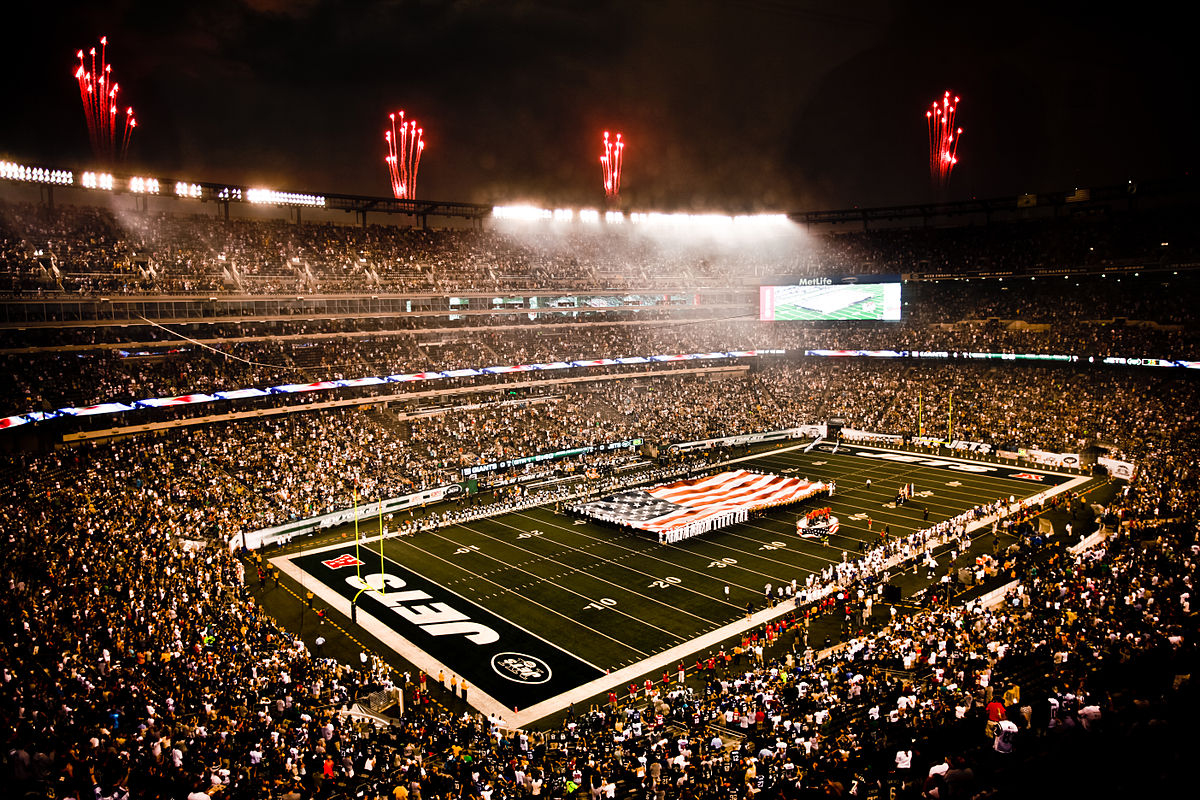
Easy as it might be to take plummeting TV numbers as a sign of the NFL’s demise, there’s no need to write the league’s obituary.
The steep and sudden decline in both ratings and viewers this season should concern both the league and its broadcast partners, of course. The NFL has weathered concussions, domestic violence and Deflategate, among other controversies, without anything making the slightest dent in its popularity.
After a decade of increases, including last year’s record numbers, few foresaw a drop-off, let alone one as dramatic as this.
Sunday Night Football, the most-watched prime-time show for five years and counting, is off by double digits. Same for Monday Night Football. While the average of 16.7 million viewers still dwarfs that of everything else out there, it’s down 11% from 2015 and a drop that sizable has led some to question whether this is the NFL’s canary in the coal mine.
It’s not.
If the NFL was dying, there would be evidence in other areas. Yet attendance is up slightly, about 80,000 total over last year through the first four weeks. And retail sales data shows that NFL-licensed apparel is up 10% so far this year, said Matt Powell, vice president and industry analyst for the sports division of The NPD Group, which tracks consumer trends and spending.
“There are other external factors that drive it, yes. But I think there would have been some negative impact, for sure” if the NFL was in trouble, Powell said.
“We did not see that.”
So what gives?
The most obvious factor is the presidential election, which has generated unprecedented interest and sent people flocking to the cable news networks. Fox News is having its best viewership in its 20-year history, and it routinely leads all cable networks in prime time and total-day viewers. Last week, CNN was No. 2 to Fox in prime time.
The first debate between Hillary Clinton and Donald Trump averaged a total of 84 million viewers, Nielsen said, the largest audience in history for a presidential debate.
Among the other programs that night? Monday Night Football, which saw a 40% drop in viewers and 41% drop in ratings from the same week the previous year.
The second presidential debate is Sunday night, meaning the NFL will be playing politics once again. But Sunday Night Football has a chance to fare better because the New York Giants vs. Green Bay Packers has wider appeal than that MNF game between Atlanta and New Orleans.
Which brings up another issue. Thursday night games are historically horrid – there aren’t enough ColorRush combos in the world to make New England’s 27-0 beatdown of Houston look good – and the other primetime slates haven’t been a whole lot better.
Falcons-Saints? Chiefs-Steelers? Bears-Cowboys? Eagles-Bears? That’s a whole lot of meh in primer time there. (Who was the genius who thought showcasing Chicago so much was a good idea, by the way?) That’s bound to improve in the second half of the season if for no other reason than flexible scheduling will kick in for Sunday night games.
One thing that won’t change, and ought to concern the NFL the most, is the number of people who no longer watch games on TV. Or don’t watch them in real time.
“There are other options competing with, ‘Do I watch a national game where I’m not passionate about either team?’ ” said Rich Greenfield, a media futurist for BTIG. “I think more and more people are making those choices.”
That doesn’t mean the league is going away any time soon. The NFL is still the most massive draw there is – last month’s Emmys were watched by 11.3 million, or 5 million less than the NFL is averaging – and Greenfield pointed out that local telecasts have remained strong.
But more and more people have cut the cord, millennials in particular. If the NFL – and everyone else – wants to stay relevant, they’re going to have to get creative. Streaming games over Twitter, as the NFL is doing for the first time this season, is a start, Greenfield said.
“You’re looking for new ways to engage audiences,” he said. “Making games more accessible from wherever you are is great step.”
So if you opt out of SNF this week, worry about the future of the country. The NFL’s going to be just fine.
By Nancy Armour
This article was republished with permission from the original author and 2015 Ronald Reagan Media Award recipient, Nancy Armour, and the original publisher, USA Today. Follow columnist Nancy Armour on Twitter @nrarmour.